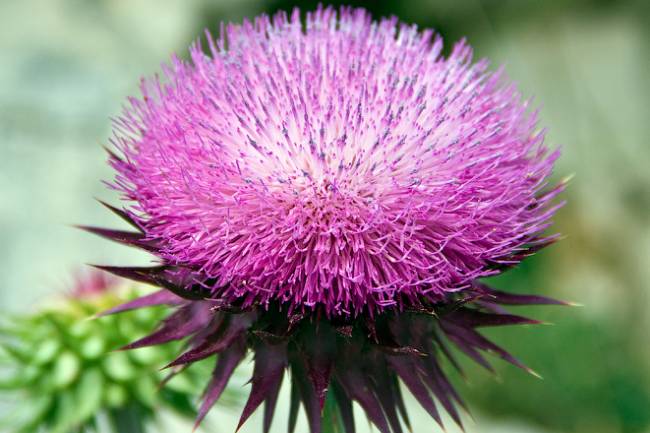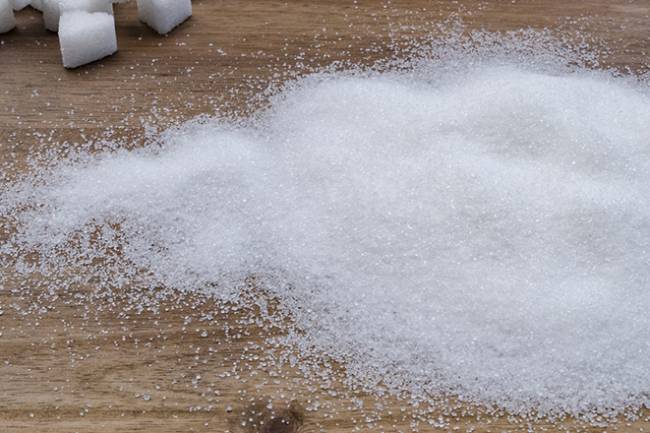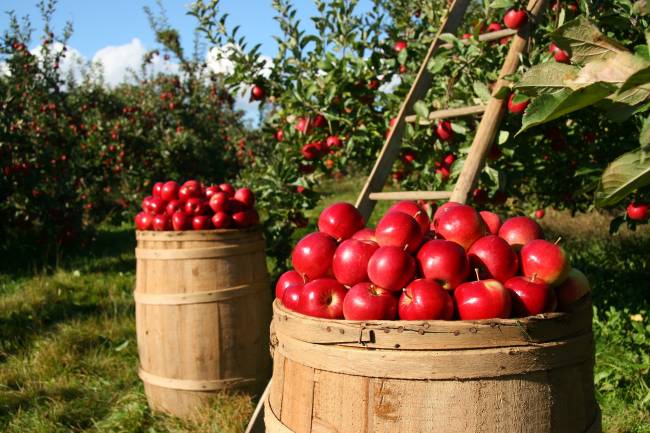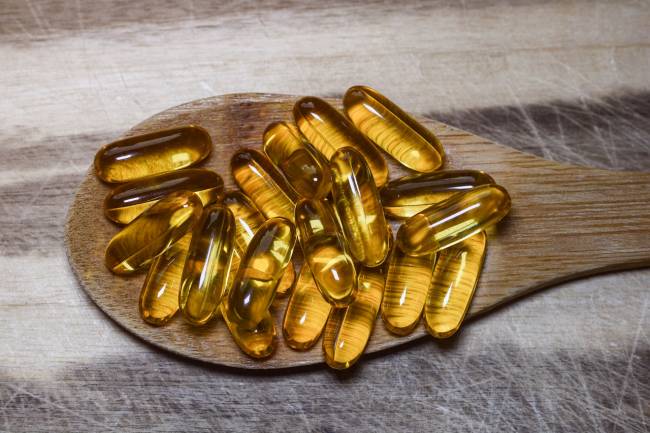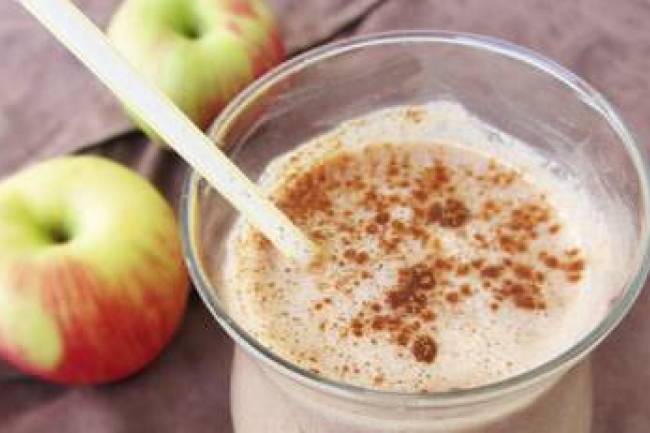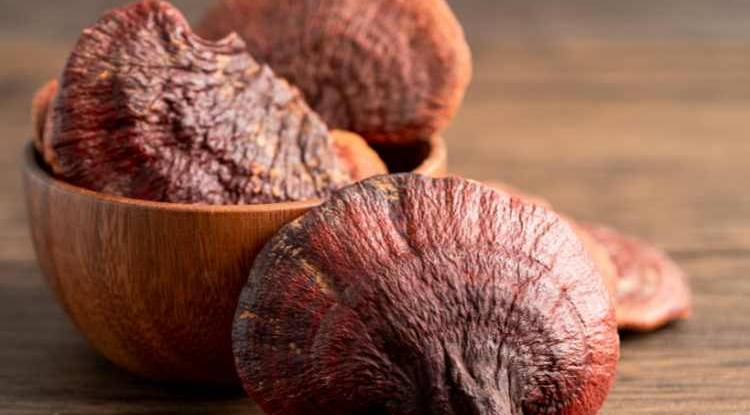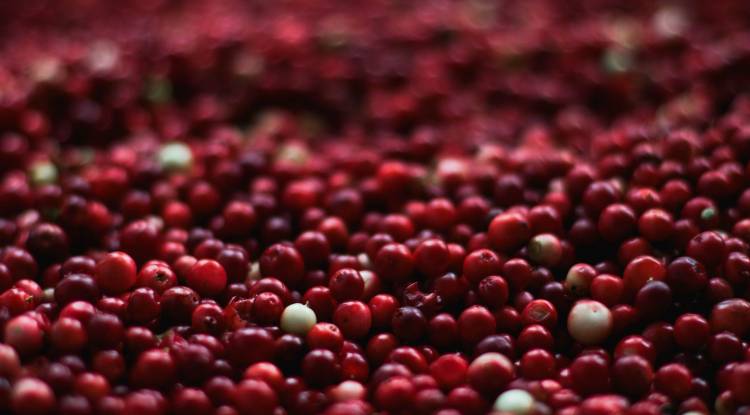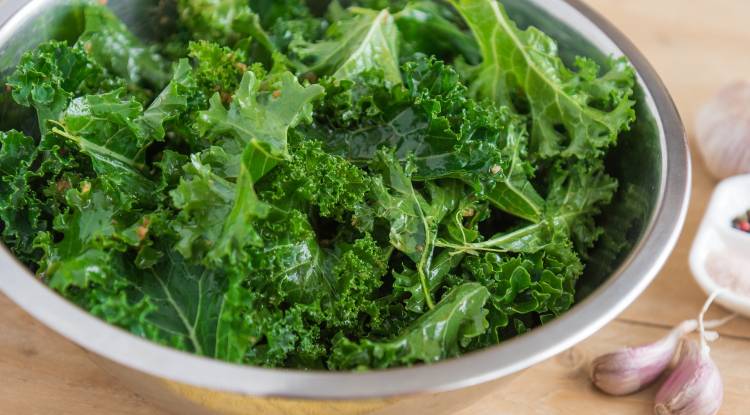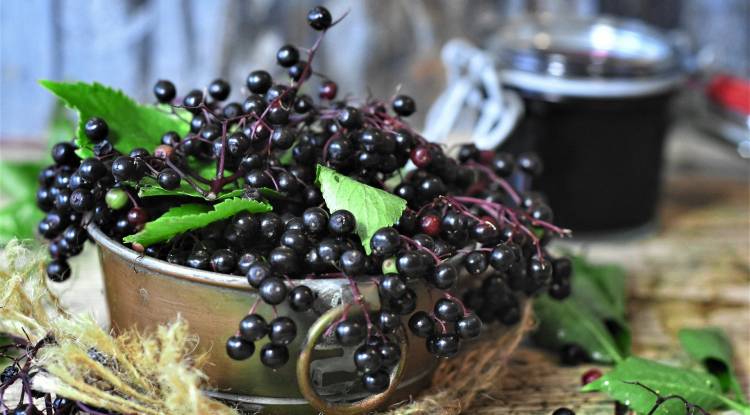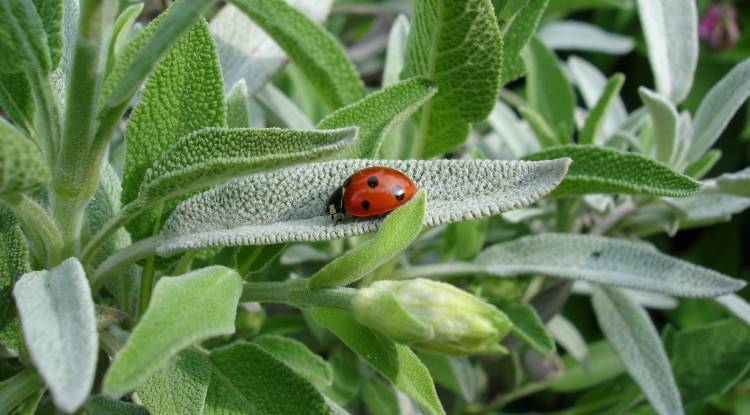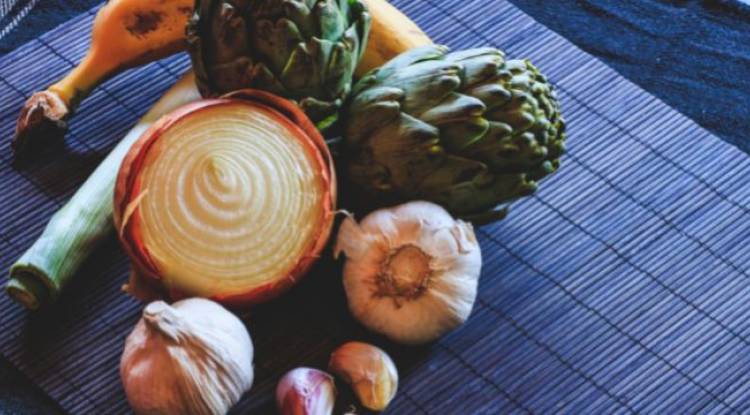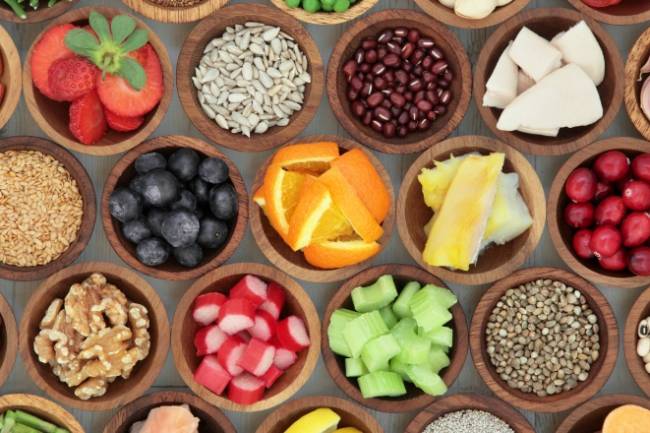Health Benefits of Xanthones
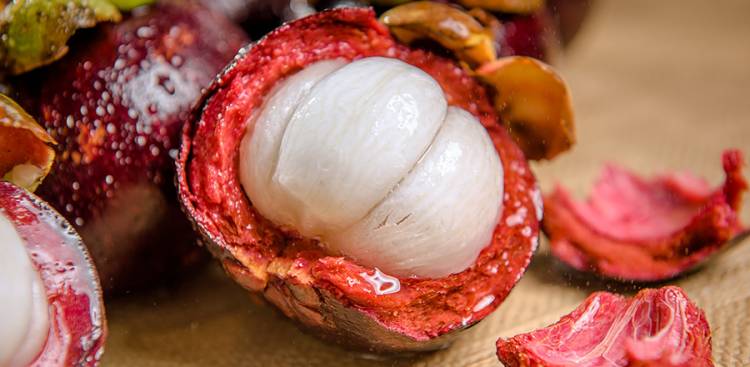
Xanthones are a group of naturally-produced chemical compounds that are found in some plants. They are considered to be some of the most “biologically active” plant-derived compounds and are reputed to have all manner of effects when consumed.
Over 70 different xanthones have been identified by chemists, with new members being discovered regularly, each having different modes of action. Xanthones derive their name from the Greek word “xanthos” meaning “yellow” - thanks to their typical appearance in plant tissues.
Xanthones have gained significantly in profile recently as a range of different health benefits have been attributed to them. In this article we'll talk about some of the most exciting research to date, which has begun to unravel the secrets of xanthones and the many benefits they seem to offer...
Introducing the Mangosteen (Garcinia mangostana)
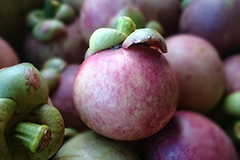 While xanthones are found in modest volumes within the tissues of many plants, scientists believe that the highest levels are found in the Mangosteen. The Mangosteen plant - Latin name Garcinia mangostana - is a native of South East Asia and is sometimes known as the “Queen of Fruits”.
While xanthones are found in modest volumes within the tissues of many plants, scientists believe that the highest levels are found in the Mangosteen. The Mangosteen plant - Latin name Garcinia mangostana - is a native of South East Asia and is sometimes known as the “Queen of Fruits”.
It is grown extensively in countries like Thailand, Malaysia, the Philippines and Indonesia where the ripe fruit represent a delicious part to the diet.
Just as importantly, however, are the purported medicinal benefits, which science has only recently begun to verify in carefully-controlled laboratory studies. While xanthones may be found in almost all parts of the Mangosteen plant, they are most strongly concentrated in the “pericarp” - the tough hull or outer skin of the fruit which is typically removed before eating.
Extracts from the pericarp have been traditionally used to speed up wound healing and to treat conditions like dysentery, but increasing interest in the medical benefits of xanthones has led to the discovery of many additional effects.
The high concentrations of xanthones found in Mangosteen, combined with its traditional use as a herbal remedy, mean that most scientific investigations to date have focused on the health benefits of the Mangosteen, and the specific xanthones contained wherein.
This is therefore where we too will begin to delve in order to uncover the many potential health benefits of xanthones...
Health Benefits of Xanthones
A Rich Source of Antioxidants
The concept of “free radicals” is well established within the medical community. These unstable molecules have an uneven number of electrons flying around them. As a result of this, free radicals attempt to “steal” electrons from other molecules they come into contact with.
Sadly, if these molecules are unfortunate enough to lose an electron then they too try to scavenge electrons from others, and so the process continues through a cascade. This can lead to significant damage within the body and is thought to be intricately linked to a range of unfortunate biological processes, from natural ageing to the onset of heart disease. Antioxidants, as you might have guessed, are the solution. These molecules freely donate electrons to free radicals, thus balancing them out and preventing them from doing damage to cells of the body.
It is well known that many compounds found in plants offer antioxidant properties, which is just one reason why we are all encouraged to eat plenty of fruit and vegetables. Interestingly, xanthones seem to offer exceptionally high levels of protection against free radicals.
A group of volunteers were given a xanthone-rich beverage made from crushed Mangosteen for a period of 30 days. At the end of this study, blood samples were drawn to assess the level of antioxidant protection that the xanthones had conferred. The results showed that those participants consuming the Mangosteen showed 15% more antioxidant capacity than the control group.
The scientists concluded that the consumption of Mangosteen xanthones “significantly increases antioxidant capacity and possesses anti-inflammatory benefits with no side effects on immune, hepatic, and renal functions for long-term consumption.”
In other words, the evidence to date suggests that xanthones - particularly those derived from Mangosteen - may help to protect us from the ongoing risk of free radical damage. Indeed, the potency of this antioxidant protection spills over into a variety of other health benefits as we will find out shortly.
Helps to Control Inflammation
Inflammation is your body's way of dealing with potential problems such as infection or tissue damage. In essence, an inflammatory response is when the immune system focuses on one particular area of the body, sending white blood cells to help tackle the identified problem.
At the same time, however, inflammation isn't always positive, especially when it occurs routinely over an extended period of time. Chronic inflammation can lead to swelling, discomfort and more. Indeed, allergies, atherosclerosis and some forms of arthritis are also associated with chronic inflammation, so natural treatments that reduce inflammation can have enormous value.
One of the traditional uses of Mangosteen is as a natural healing remedy. It is believed by many local people to help reduce swelling and inflammation of wounds, speeding up the healing process.
Interestingly, this doesn't appear to just be hearsay. The anti-inflammatory properties of Mangosteen have been demonstrated in a laboratory setting, in which human cells known to signal inflammation were monitored before and after the application of Mangosteen-derived xanthones. The results showed that Mangosteen positively impacted a range of different messengers and that “the current study supports the traditional use of Garcinia mangostana fruit hull for treatment of inflammatory conditions”.
If you want to manage inflammation, particularly chronic diseases in which inflammation represents a key ingredient, it may be that xanthones represent a potent natural solution to the problem.
Furthermore, as we will see, the anti-inflammatory properties of xanthones often combine synergistically with their antioxidant capacity to positively impact a range of unpleasant and even potentially fatal health conditions.
Confers Antimicrobial Benefits
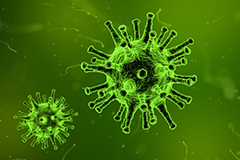 We have already highlighted the traditional use of Mangosteen for the treatment of wounds. While the anti-inflammatory properties of xanthones have been confirmed in laboratory settings, another angle that may also contribute to their impact on wound healing is their ability to fight pathogens such as bacteria, fungi and viruses.
We have already highlighted the traditional use of Mangosteen for the treatment of wounds. While the anti-inflammatory properties of xanthones have been confirmed in laboratory settings, another angle that may also contribute to their impact on wound healing is their ability to fight pathogens such as bacteria, fungi and viruses.
One study treated 18 different common bacterial strains with a xanthone solution, and found that the xanthones reduced bacterial growth by between 72% and 83% depending on species.
Other studies have examined the effect of xanthones on microbes known to be of medical importance. For example, studies have found that xanthones have “moderate activity” against Staphylococcus aureus. This is the bacterium that causes “Staph infections”. Minor, surface-based infections can lead to skin boils, abscesses and wound infections. According to the NHS more serious consequences of Staphylococcus can include toxic shock syndrome, sepsis and even pneumonia.
However, it's not just bacteria that seem to be affected by xanthones; studies have found that they can also impact a variety of fungal species. One such study looked at the effects of xanthones on three different fungi and announced that “natural xanthones showed good inhibitory activity”.
Perhaps of most interest here was the effect that xanthones had on a species called Alternaria alternata. While the impact of this fungus is most commonly seen in the form of brown spots on plant leaves, there is evidence to suggest that it can also cause respiratory problems in humans.
Hepatitis C is a virus that can cause untold damage to the liver. Studies have found that two particular xanthones derived from Mangosteen - α-mangostin and γ-mangostin - seem to be particularly effective at preventing the Hepatitis C virus (HCV) from replicating. This, in turn, may help to protect the liver from the level of damage normally seen. As the experts concluded, “this finding will provide a valuable molecular basis to further develop Mangosteen as an important dietary supplement to combat HCV-induced liver diseases”.
While this research is in its infancy, with only a tiny number of different bacteria, fungi and viruses studied so far, the evidence to date suggests that natural xanthones may prove to be a useful tool in the fight against microbes of medical importance.
Improved Skin Health
 The well-known anti-inflammatory and anti-bacterial properties of Mangosteen xanthones have been seen to improve some skin conditions. For example, Cutibacterium acnes is the name given to a specific bacterium that is linked, as the name suggests, to cases of acne.
The well-known anti-inflammatory and anti-bacterial properties of Mangosteen xanthones have been seen to improve some skin conditions. For example, Cutibacterium acnes is the name given to a specific bacterium that is linked, as the name suggests, to cases of acne.
Cutibacterium acnes typically lives in pores of the skin and the hair follicles, causing no major problems. However when these populations multiply rapidly skin inflammation can occur. This bacterium can also open up the pores and follicles, permitting access to less pleasant bacterial strains. As a result, acne can arise.
Studies have found that some Mangosteen xanthones are able to suppress the inflammation caused by Cutibacterium acnes bacteria, helping to keep skin healthier and better-looking for those individuals affected.
The condition known to skin experts as “atopic dermatitis” and to the wider population as “eczema” is intricately linked to inflammation. While the exact causes of eczema are not yet fully understood, most experts in the field agree that the issue is caused - at least in part - by an allergic reaction that leads to skin inflammation and dryness.
Bearing in mind the potent anti-inflammatory properties of xanthones, it is perhaps not surprising that they may also help to offer relief to eczema sufferers. But how does this happen? As it turns out, inflammation arises when the body sends out messengers - known as cytokines - which then trigger the reaction.
Studies have found that many xanthones are able to downregulate these chemical pathways through which inflammation arises in the first place - specifically known to experts as the “nuclear factor (NF)κB signaling pathway”. As a result of this, xanthones seem to be able to “cut the telephone cable”, preventing pro-inflammatory messengers from being released, and thus reducing symptoms of inflammation.
One final way in which xanthones seem to benefit the skin relates to a process known as glycosylation. This occurs naturally in the body when sugar binds to collagen in the skin. As part of this reaction, however, substances known as Advanced Glycation End Products (AGE's) are produced as a byproduct.
It has long been known that AGE's accumulate in the skin, and can contribute to skin ageing. Past studies have found that reducing the intake of sugar helps to reduce AGE levels, thus keeping skin looking younger for longer.
If the evidence is to be believed then xanthones may offer similar benefits, by reducing the production of AGE's in the first place, irrespective of sugar intake. One study provided 100mg of a xanthone-rich Mangosteen extract per day to a group of volunteers for a period of three months. The researchers found that this treatment “reduced AGE accumulation in the skin” and that furthermore “the elasticity and moisture content of the skin was also improved”.
From skin ageing to dryness, from eczema to acne, it seems that the beneficial effects of xanthones on the skin are wide-ranging. And let's not forget that this research really is at an early stage, so we have likely just seen the very tip of what xanthones can do for your complexion.
Metabolic Syndrome
Metabolic Syndrome is an umbrella term used to describe a range of conditions associated with cardiovascular disease and diabetes. The seriousness of these conditions cannot be underestimated, as their prevalence continues to increase in the developed world, leading to them being implicated as the number one cause of death in the West.
Cytokines can be thought of as chemical messengers in the body. When they are released the body responds by increasing inflammation in the affected area as white blood cells rush in. In healthy people this inflammation can be positively beneficial - helping to direct the immune system to potentially dangerous infections that need to be eliminated.
Studies have also found, however, that one cytokine in particular - known as cytokine TNF-α - can reduce insulin sensitivity. Worryingly, cytokine TNF-α is produced by the adipose tissues that store fat in the body. This means that obesity can contribute to insulin resistance which, ultimately, can lead to diabetes.
This is hardly news. The link between obesity and diabetes has long been known, and research has demonstrated that achieving a healthy BMI can help to improve - or even cure - Type 2 diabetes in some patients. Xanthones, however, may also prove another useful tool in this battle.
Two xanthones found in Mangosteen have been found to have a significant impact on the development of insulin resistance. A study treated human cells with both α-mangostin and γ-mangostin, xanthones that are found in Mangosteen, and noted that they disrupted the production of inflammatory cytokines. In doing so, they may reduce the danger of insulin resistance arising.
However, it's not just the potential for xanthones to disrupt inflammatory signals that can confer benefits for Metabolic Syndrome. A group of scientists investigating the benefits of α-mangostin found that a xanthone-rich formula reduced the multiplication of fat cells in the body and also led to these cells absorbing less fat from the gut. They also found that the higher the concentration of xanthones, the greater the effect observed. They concluded that “α-mangostin might be a possible candidate for the effective management of obesity in future”.
There's more. The onset of heart disease can be a slow, progressive process with no external symptoms until serious complications occur. One of the most common elements involves a gradual build-up of cholesterol in the arteries that feed the heart - known to doctors as atherosclerosis.
As the arteries narrow, blood can struggle to circulate efficiently, potentially leading to high blood pressure, which may putt additional strain on the heart muscle. In some instances red blood cells may also begin to congregate, leading to clots.
The process of atherosclerosis is complex and can have multiple causes. One of these is the process of oxidative damage to LDL-cholesterol molecules - often termed “bad cholesterol” in the media.
Free radicals, which are absorbed from your environment, or are created in normal metabolic processes have the potential to turn standard LDL cholesterol into a slightly different form known as OxLDL.
It is these OxLDL molecules which are particularly “sticky” and are thought to bind more easily to the walls of blood vessels. Preventing the chemical reaction that turns LDL cholesterol into OxLDL can therefore be an effective way to slow the onset of atherosclerosis and, by extension, heart disease.
We have already discussed a number of studies outlining the antioxidant potential of xanthones, so it should come as no surprise that these same xanthones seem to help reduce the transformation of LDL to OxLDL in the body.
One study that sought to confirm this assumption gave one group of participants a typical diet, another a diet that was high in cholesterol (lipids), while a third group consumed a high cholesterol diet combined with Mangosteen fruit known to be rich in xanthones.
As expected, the control group saw no major rise in signs of atherosclerosis, while the high cholesterol participants experienced a rise in potentially-harmful LDL cholesterol. More interestingly, blood samples from those taking the Mangosteen fruit showed a significantly lower level of OxLDL than might otherwise be expected, leading the experts to conclude that Mangosteen can “positively affect plasma lipid profile[s] and antioxidant activity in… cholesterol containing diets”.
Bearing in mind the seriousness of metabolic conditions - from obesity to diabetes and heart disease - it is little wonder that xanthones have attracted so much interest to date.
Indeed, one group of scientists reviewing all the research to date concluded that “Mangosteen and its xanthones have good potential to design human studies for controlling and modification of metabolic syndrome and its related disorders such as obesity, disrupted lipid profile, diabetes and its complications”.
Cancer Fighting Properties
Xanthones extracted from the Mangosteen have been implicated as a potential novel treatment for a number of different cancers. There is even evidence that some xanthones may offer protective benefits against the appearance of cancerous cells in the first place.
Apoptosis is the name scientists give to the natural age-related death of cells - including cancer cells. If apoptosis can be accelerated - outpacing the rate of cell replication - then tumours may reduce in size or even die off entirely.
One study experimented with three different xanthones found within Mangosteen. Human tumour cells were treated with xanthones while the rate of apoptosis was measured. It was found that the standard rate of early cell death in untreated samples was just 1.7%, yet in cells treated with the most common Mangosteen-derived xanthone - α-mangostin - this increased to an incredible 59.6%.
It was noted that this effect occurred because the xanthones were able to disrupt the production of energy in the cancerous cells. The cells literally starved to death as a result. Similar improvements in cancer cell apoptosis have been demonstrated by researchers in both human leukemia and breast cancer cells.
Lastly, some interesting research has also been carried out on prostate cancer - a major cause of mortality among older men. The study group was split into two halves, with one group receiving 100mg of the xanthone α-mangostin per kilogram of body weight per day. After 34 days it was found that the average prostate cancer tumor had grown to a volume of 1190mm3 in the untreated group, but just 310mm3 in the xanthone-treated individuals.
In short, therefore, while it would be wrong to paint xanthones as the next anti-cancer breakthrough, initial research has shown some very positive impacts so far. Only time will tell if xanthones become part of an accepted treatment regime in the future.
Conclusion
We have covered a lot in this article, and it would seem that the “Queen of Fruits” has been exceptionally well-named. It should be mentioned, however, that much of the research pertaining to xanthones is in its infancy.
With so many different xanthones recognised, and so many seemingly varied health benefits, experts have really only begun to scratch the surface of what these amazing natural substances may be capable of.
From inflammation to free radical protection, from improvements in the skin, heart disease and more, we have surely only just begun to see the full potential of consuming more xanthones in the diet. While research is ongoing, an increasing number of people are opting to supplement their diet with xanthones.
Bearing in mind the body of research completed to date, it would seem that there are two solutions. Firstly, consider eating more Mangosteens, though appreciate that the xanthone content of the fruits tends to be much lower than other parts of the plant.
Alternatively you could consider trying one of the growing number of food supplements made from the more beneficial pericarp. Whatever the case, try to focus on those made from Mangosteen, and in particular α-mangostin, which seems to be the most heavily-researched xanthone at present and has demonstrated the most hopeful results.
Sources:
https://www.medicinenet.com/staph_infection/article.htm
https://www.nhs.uk/conditions/staphylococcal-infections/
https://link.springer.com/article/10.1007/s00217-006-0255-7
https://www.sciencedirect.com/science/article/pii/S027869151100295X
https://www.sciencedirect.com/science/article/pii/S0308814612002828
https://onlinelibrary.wiley.com/doi/full/10.1002/ptr.2730
https://pubs.acs.org/doi/abs/10.1021/jf901012f
https://www.sciencedirect.com/science/article/pii/S0278691508004195
https://pubs.acs.org/doi/abs/10.1021/np970165u
https://www.sciencedirect.com/science/article/pii/S0367326X14002287
https://www.sciencedirect.com/science/article/pii/S0367326X07001116
https://pubs.acs.org/doi/abs/10.1021/np020546u
https://link.springer.com/article/10.1007/s11262-014-1098-0
https://www.sciencedirect.com/science/article/pii/S1756464616000608
https://onlinelibrary.wiley.com/doi/full/10.1002/ptr.5862
https://onlinelibrary.wiley.com/doi/full/10.1111/1346-8138.12250
https://academic.oup.com/jn/article/140/4/842/4743303
https://www.ncbi.nlm.nih.gov/pmc/articles/PMC1483173/
https://academic.oup.com/jn/article/139/6/1185/4670451
https://academic.oup.com/carcin/article/33/2/413/2464138
https://onlinelibrary.wiley.com/doi/full/10.1002/fsn3.225
https://www.sciencedirect.com/science/article/pii/S0378874114001779
https://bmccomplementalternmed.biomedcentral.com/articles/10.1186/1472-6882-12-104
https://www.actahort.org/books/1106/1106_35.htm

 Nicole
Nicole 